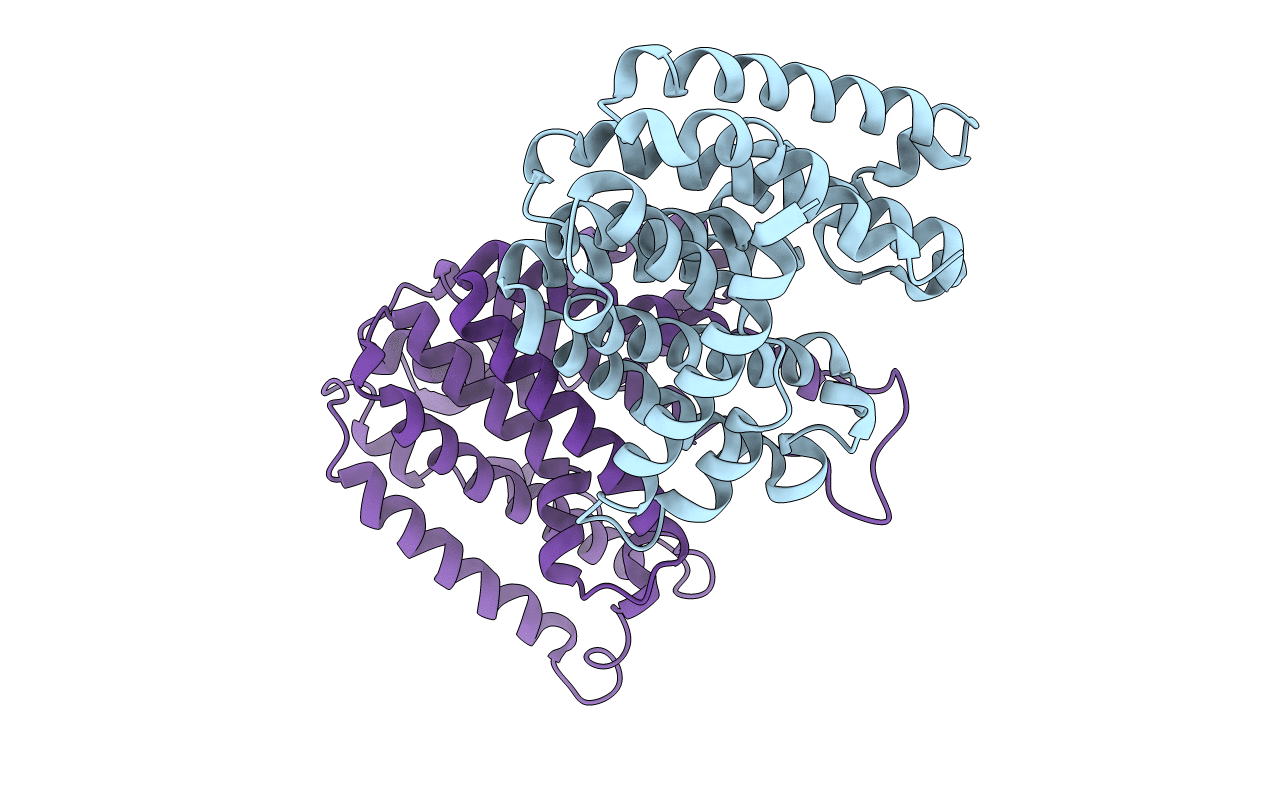
Deposition Date
2005-09-12
Release Date
2006-03-14
Last Version Date
2023-10-25
Entry Detail
PDB ID:
2AZK
Keywords:
Title:
Crystal structure for the mutant W136E of Sulfolobus solfataricus hexaprenyl pyrophosphate synthase
Biological Source:
Source Organism:
Sulfolobus solfataricus (Taxon ID: 2287)
Host Organism:
Method Details:
Experimental Method:
Resolution:
2.70 Å
R-Value Free:
0.32
R-Value Work:
0.24
R-Value Observed:
0.24
Space Group:
P 31 2 1


